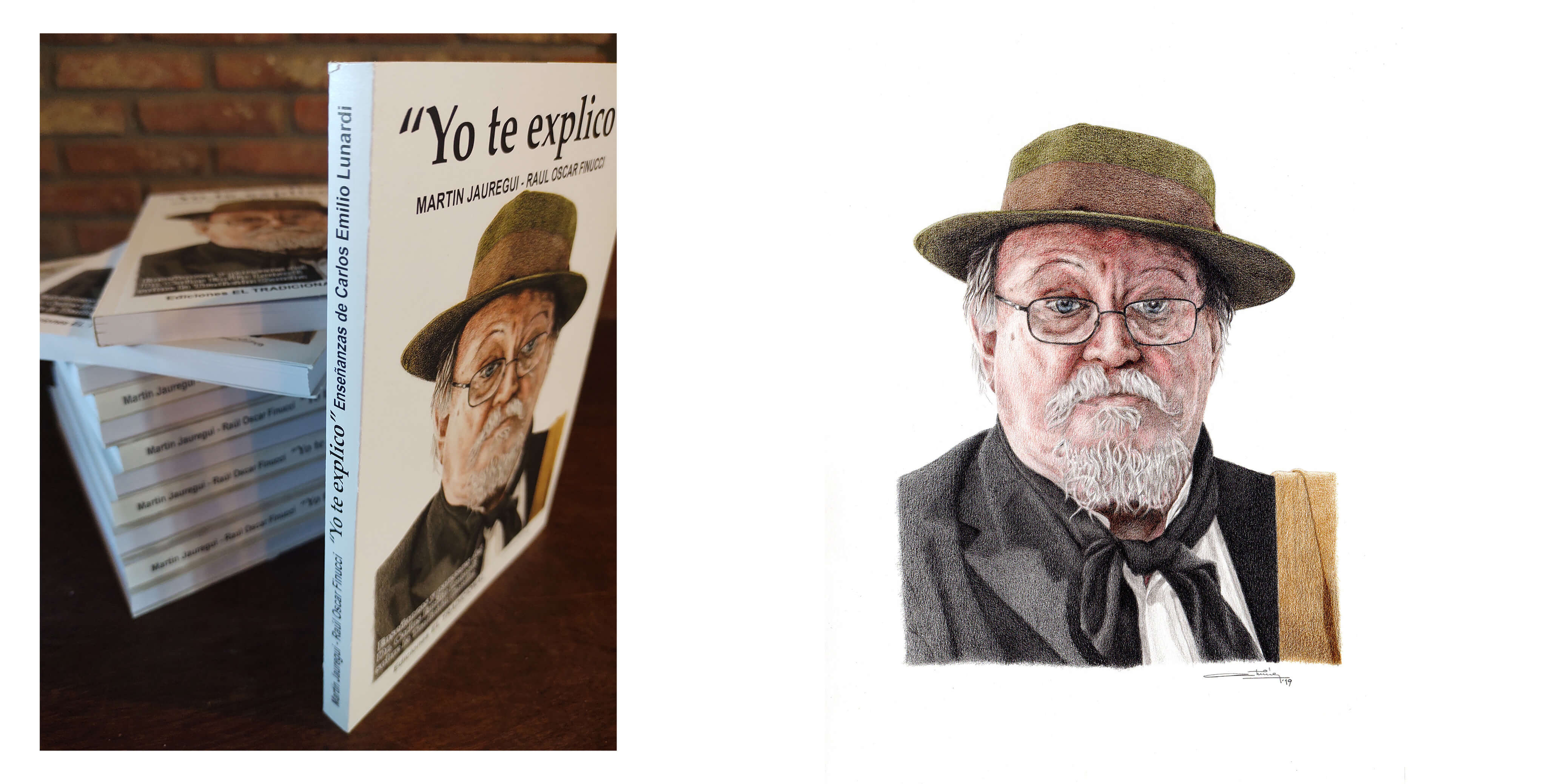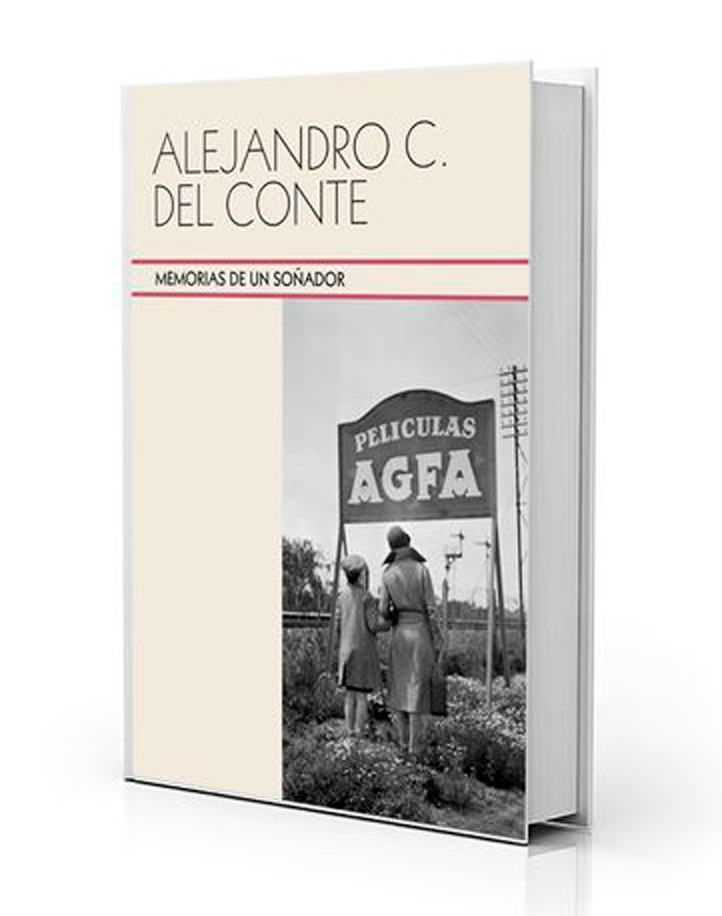
Photographs: Courtesy CIFHA.
Alejandro del Conte. Memorias de un soñador.
Alfredo Srur - José Antonio Navarrete - Andrea Cuarterolo and Emilio Jelicié. Argentine Historical Photographic Research Center (CIFHA) - Alfonso y Luz Castillo Foundation (Arte x Arte). Buenos Aires. 2021.
Quarto (20.8 x 14.7 cm), 184 pp. Bilingual text: Spanish / English.
The fortuitous discovery of a file thrown into a garbage container was the first step towards achieving this miracle. The book, a reasoned catalog, accompanies the sample that is exhibited in the Arte x Arte Photo Gallery until September 30 and obviously, it transcends it, has its own entity and is a document of reflection and consultation to know the history of Latin American photography and early cinema in our country. In the first text, by way of introduction, Alfredo Srur -photographer, president of the CIFHA Foundation and curator of the exhibition- contextualizes the work of Alejandro C. Del Conte (Buenos Aires, 1897 - 1952), photographer, writer, editor, journalist, publicist, filmmaker and businessman, especially noted for his role as creator and director of one of the great photography magazines in Latin America, Correo Fotográfica Sudamericano, with 860 issues published between 1921 and 1959 (he was succeeded by his son Estanislao ). Srur also approaches him as a photographer and is surprised to discover in the recovered file, frequent and successful records with his wife and son as models.
In "Memoirs of a dreamer" justice is done with an enterprising businessman, a cultural manager in the north of Argentina and in Buenos Aires in the first half of the 20th century. The essay by Cuban José Antonio Navarrete places him in the international concert of photoclubism in Latin America over three decades.
And in the last chapter, a text authored by Andrea Cuarterolo and Emiliano Jelicié, his work as a pioneer of regional cinema in northwestern Argentina is addressed. Del Conte, at just 19 years old, moved to Tucumán, where he edited the first cinematographic periodical publication in the area (one of the first in the country), Film Grafic, with twenty-three issues published in 1917 and apparently more the following year. That contribution already places him among the pioneers to be highlighted, but Cuarterolo and Jelicié advance on another finding by presenting him as the person responsible for what, “very probably is the first film to emerge from the region: Tucumán during the Centennial Festivities (1916)”, unfortunately disappeared today, like his second film, “La barra de Taponazo” (1932), already made in Buenos Aires.
Alejandro C. Del Conte. Memoirs of a dreamer is much more than a reasoned catalog; it is the hopeful testimony to the preservation of an archive that was on the edge of the abyss, and that fell thrown into a dump truck… The chance and tenacity of Alfredo Srur, together with the professional maturity of the Argentine Historical Photographic Research Center (CIFHA Foundation) and the support of the Cultural Patronage of the City of Buenos Aires, combined this book that deserves to circulate throughout Latin America, the one that accompanies the exhibition that invites us to visit the Arte x Arte Photogallery (Alfonso y Luz Castillo Foundation) at 1062 Lavalleja street, Buenos Aires.
On the Internet: www.cifha.org.ar

